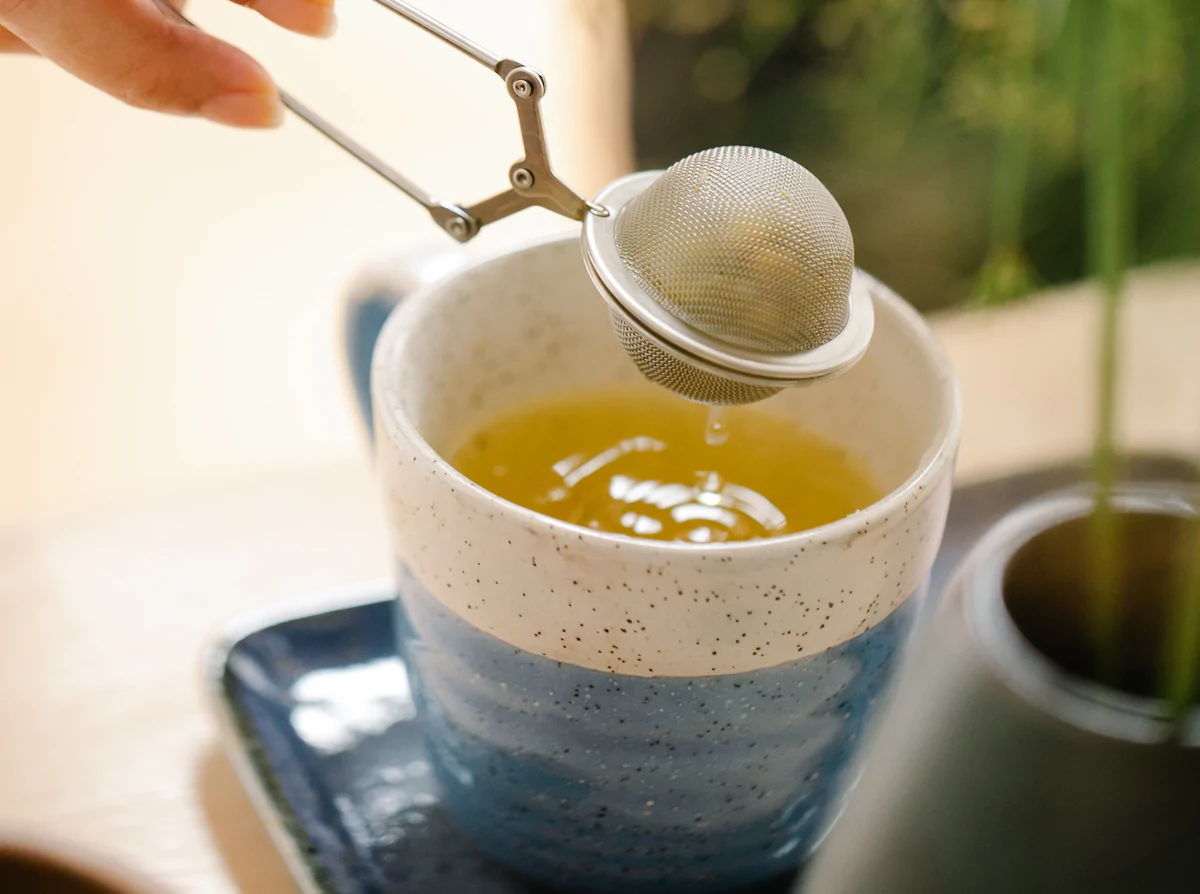Elevated Garden Beds: A Revolutionary Farming Method

Index Of The Blog
All green thumbs understand the pain of watching their rooftop plants wither out because of conditions beyond their control. It might be poor native soil or excessive weed growth that are preventing the garden from flourishing. In such cases, one might take necessary steps for these individual problems. But these do not work in the long run. No matter how many times one undertakes weed control, these problems do not vanish. Weeds are only the symptoms of the deep-rooted structural issue with rooftop gardening. One can tackle these problems by installing raised garden beds for their plants. Here are more pointers for creating the perfect raised planters for a garden.
The rooftop ecosystem
More often than not, garden enthusiasts do not understand the ecosystem they build while creating a rooftop garden. Since plants on terraces do not grow directly on the soil, they need soil spread on the roof’s surface to mimic their natural habitat. Some plants like lettuce and beets can grow roots even in shallow soil. But plants such as tomatoes and pumpkin require deep soil to grow roots. In a regular garden, one can raise both these types side by side with ease. But this is impossible in terrace gardening, where one cannot spread the soil differently for two plants that grow without planters. With raised beds, the gardener can alter the size of the beds according to the plant’s requirements.
Choosing planters
Apart from terrace gardens, an elevated planter is ideal for concrete areas and places with infertile soil. Sometimes, dirt in a garden might not be suitable for all plants. In these cases, a gardener might choose garden beds to provide different plants with appropriate soil. The basic rule while choosing a planter is to make sure that there are enough holes at the bottom. These holes are necessary for excess water to drain from the bed. In the case of free-standing beds, the bottom of the planter must be amply sturdy to hold the plant even after it reaches its maturity.
Material of the raised planter
One has to be cautious while choosing the material for a raised planter. While there are numerous do-it-yourself ideas, an inferior garden bed can ruin the plant. Novice gardeners think wood is a good choice for garden beds. But since plants are almost always in touch with moisture, the water content can attract insects and pests that feed on wood. Termites are the primary uninvited guests for wooden garden beds. It is best to use a custom made steel garden bed that will provide precise support for the plant. Metal beds are flexible and durable while also supporting the weight of the plant. In situations where wood may give out, metal shows itself to be resilient. Unlike wood, metals react to the temperature of the surroundings. Therefore, it is in tune with the soil and the water’s temperature. Of other metals in question, galvanized steel emerges victoriously in all tests since it protects the metal from corrosion. It is also suitable for growing food crops, vegetables and fruits in steel planters.
Conclusion
The main reason why many plants fail despite proper attention is that they grow in soil that is unsuitable for them. In a raised bed, one has enough control over what enters the dirt of a specific plant. When one places a raised bed at least four feet away from the ground level, one essentially cuts off access to invasive pests that destroy vegetation. They also add an aesthetic value to the garden. Regardless of where a gardener places them, raised garden beds always have their advantages.











